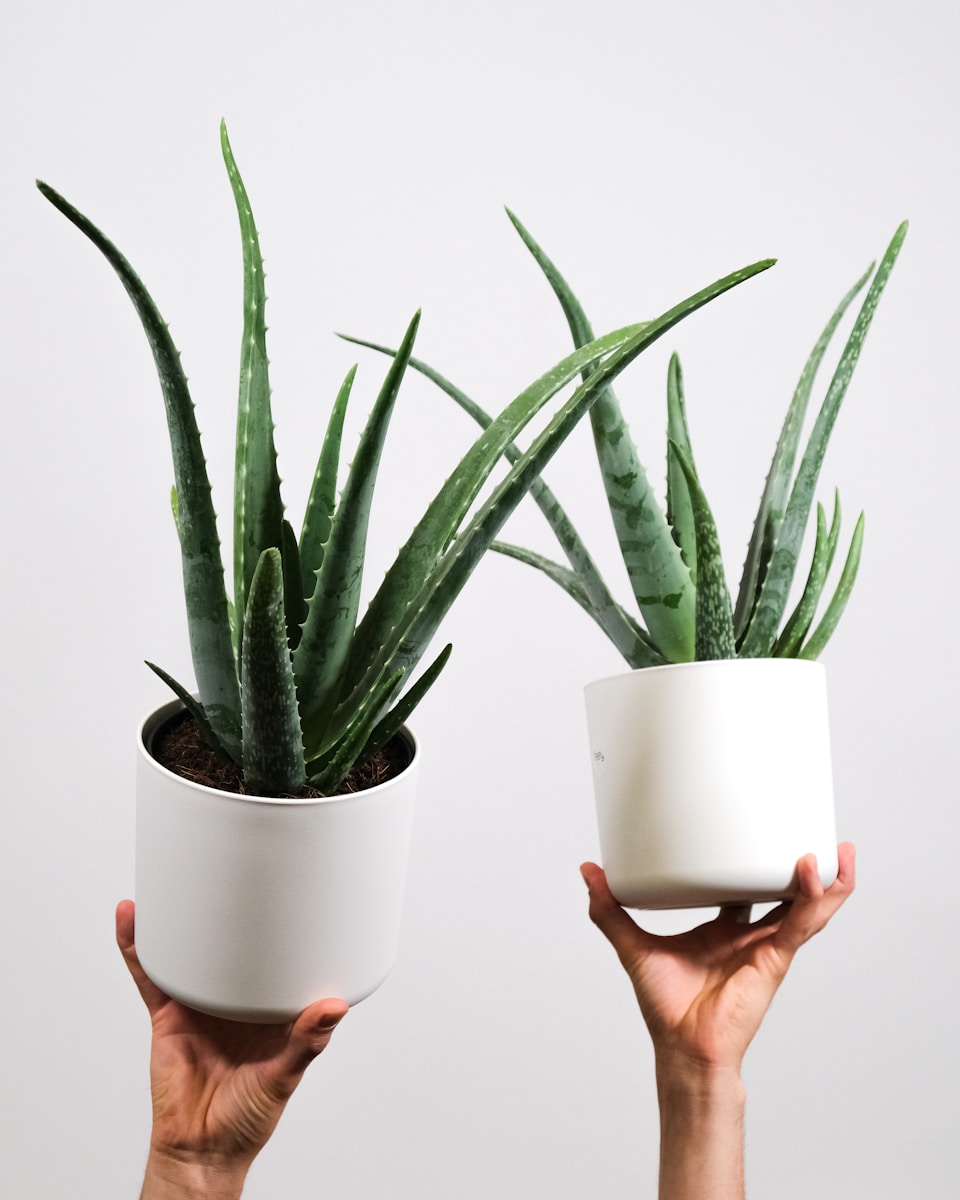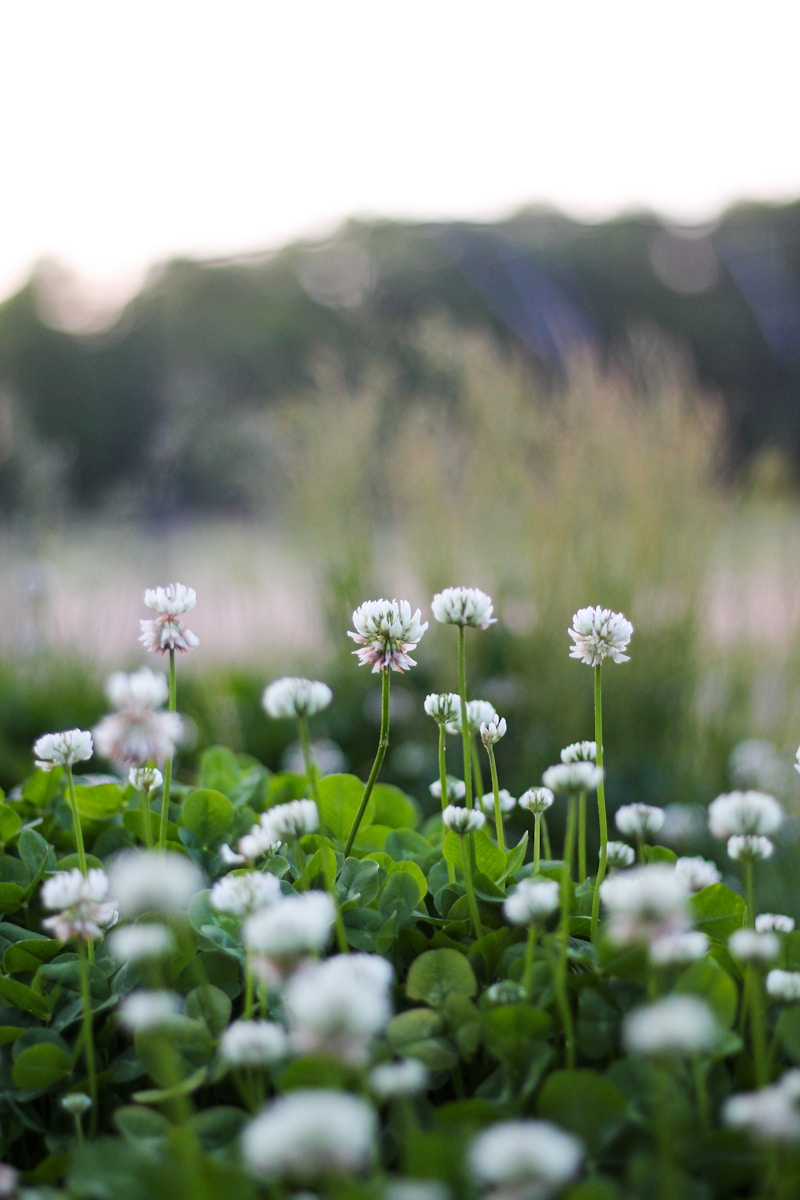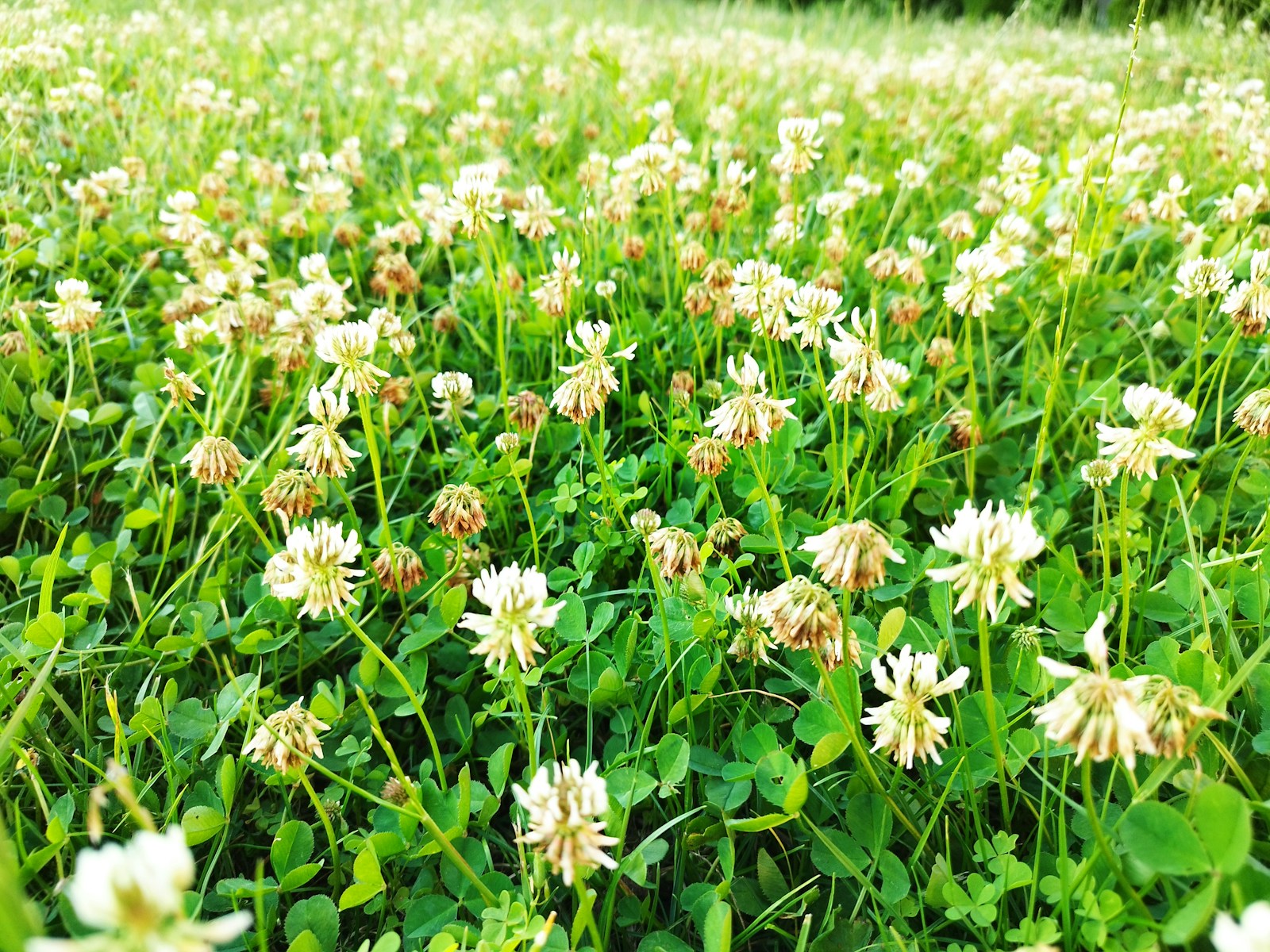When it comes to indoor gardening, not all windows are created equal. If you’re lucky enough to have a north-facing window, you know it offers soft, indirect light that’s perfect for certain plants. But which ones thrive best in this gentle glow? In this guide, we’ll explore the best indoor plants for a north-facing window, offering tips to help you create a thriving indoor oasis. Whether you’re in a cozy New York apartment or a sunny California bungalow, these plants will bring life and beauty to your space.
Why North-Facing Windows Are Unique
North-facing windows receive the least amount of direct sunlight, making them ideal for plants that prefer low to moderate light. Unlike south-facing windows, which can scorch delicate leaves, or east/west-facing ones that offer intense morning or afternoon sun, north-facing windows provide consistent, diffused light. This makes them perfect for plants that thrive in shade or indirect light.
Top 10 Best Indoor Plants for a North-Facing Window
Here’s a curated list of plants that will flourish in your north-facing window, along with care tips to keep them healthy and vibrant.
1. Snake Plant (Sansevieria)
- Why It’s Perfect: Snake plants are nearly indestructible and thrive in low light.
- Care Tips: Water sparingly (every 2-3 weeks) and avoid overwatering.
- Bonus: They’re excellent air purifiers, removing toxins like formaldehyde.
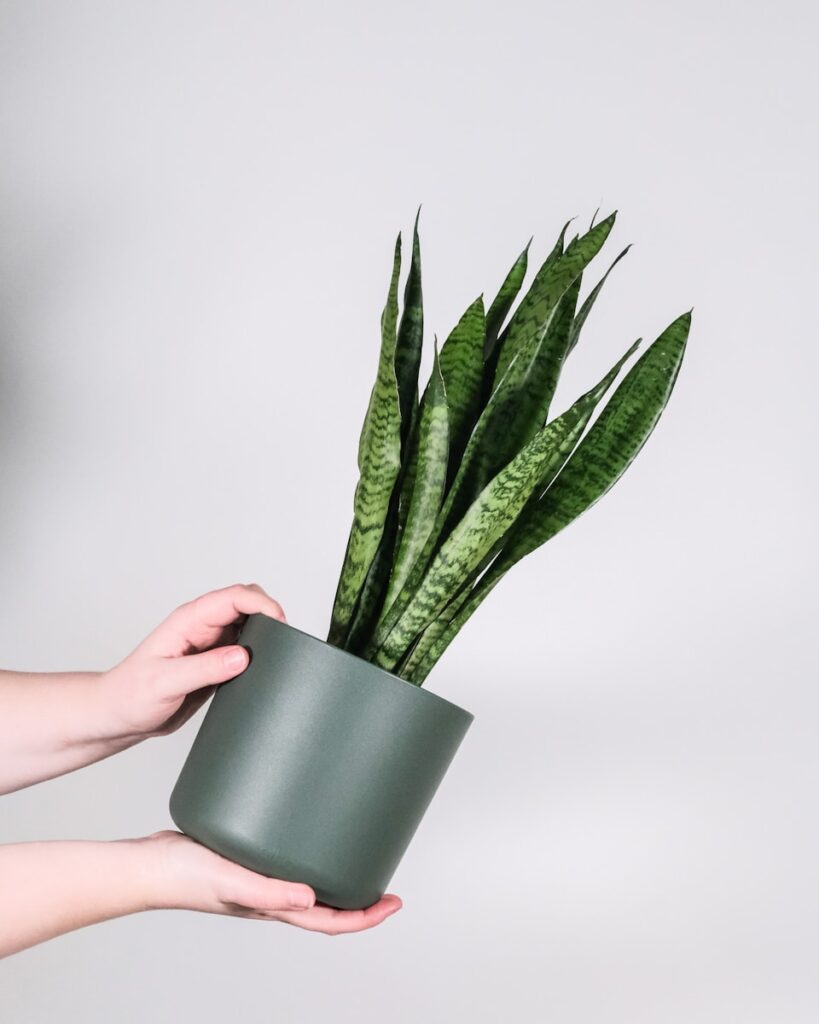
2. ZZ Plant (Zamioculcas zamiifolia)
- Why It’s Perfect: The ZZ plant is drought-tolerant and adapts well to low-light conditions.
- Care Tips: Water only when the soil is completely dry.
- Bonus: Its glossy leaves add a touch of elegance to any room.
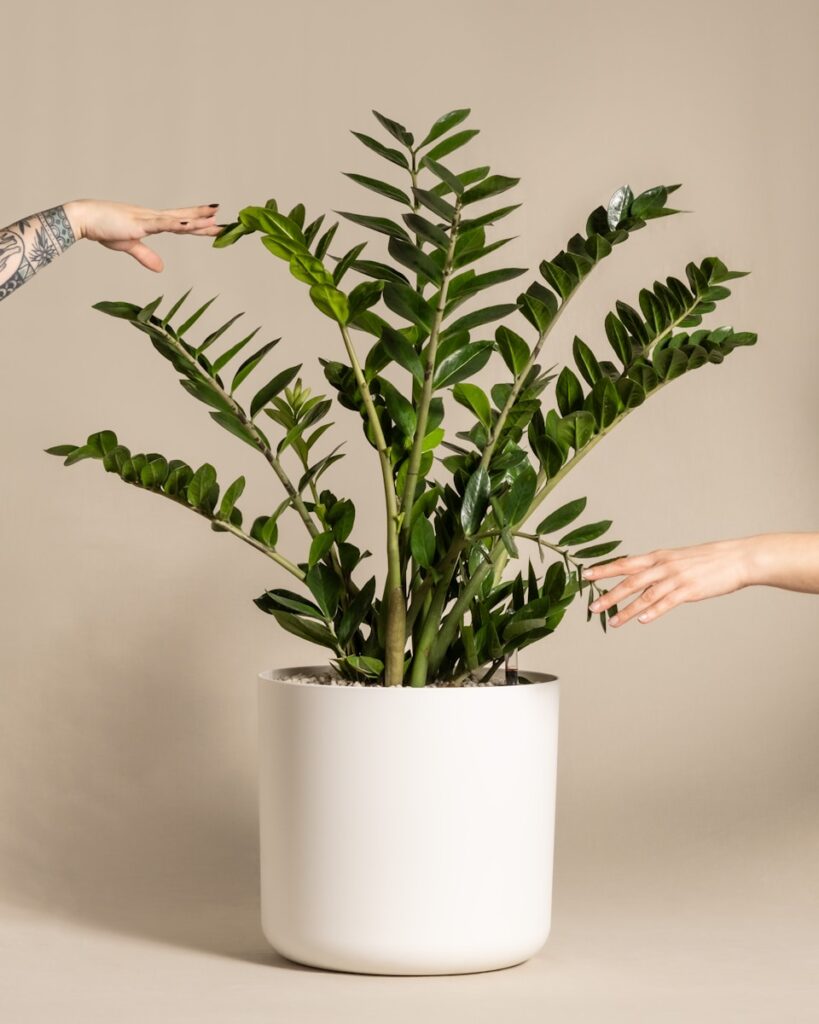
3. Pothos (Epipremnum aureum)
- Why It’s Perfect: Pothos is a versatile vine that grows well in low light.
- Care Tips: Water when the top inch of soil is dry and trim regularly to encourage bushier growth.
- Bonus: It’s one of the easiest plants to propagate—just snip a stem and place it in water.
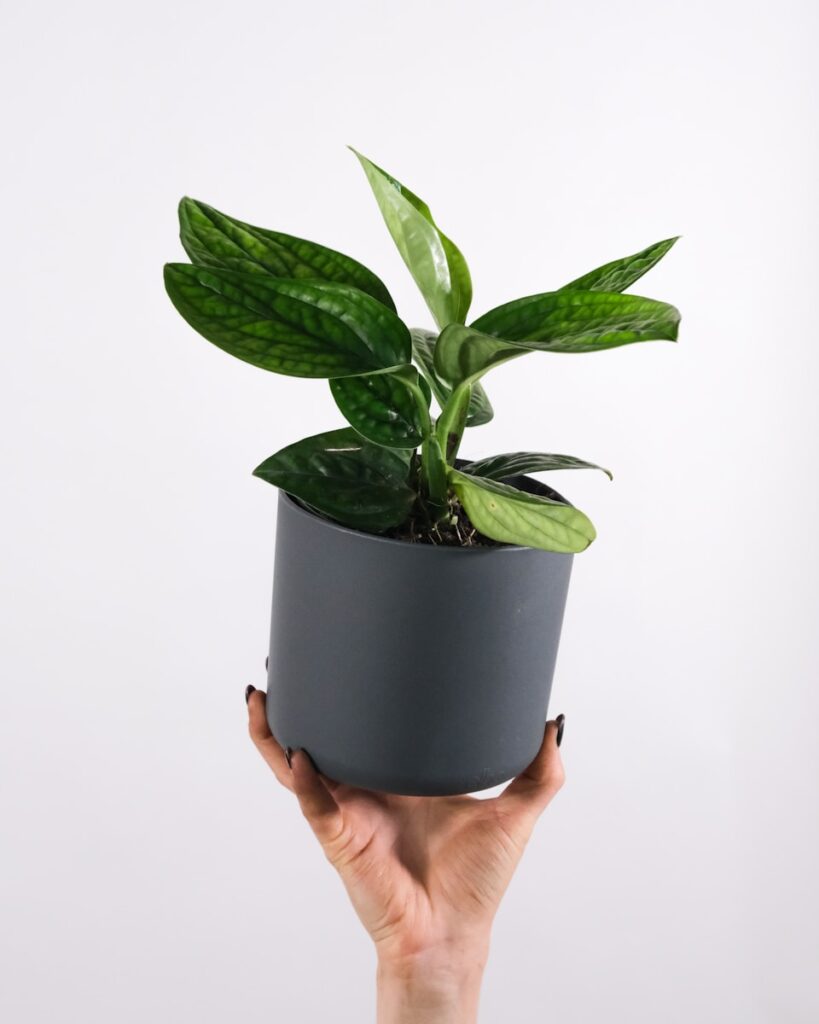
4. Peace Lily (Spathiphyllum)
- Why It’s Perfect: Peace lilies thrive in low light and produce beautiful white blooms.
- Care Tips: Keep the soil moist and mist the leaves occasionally.
- Bonus: They’re known for improving indoor air quality.
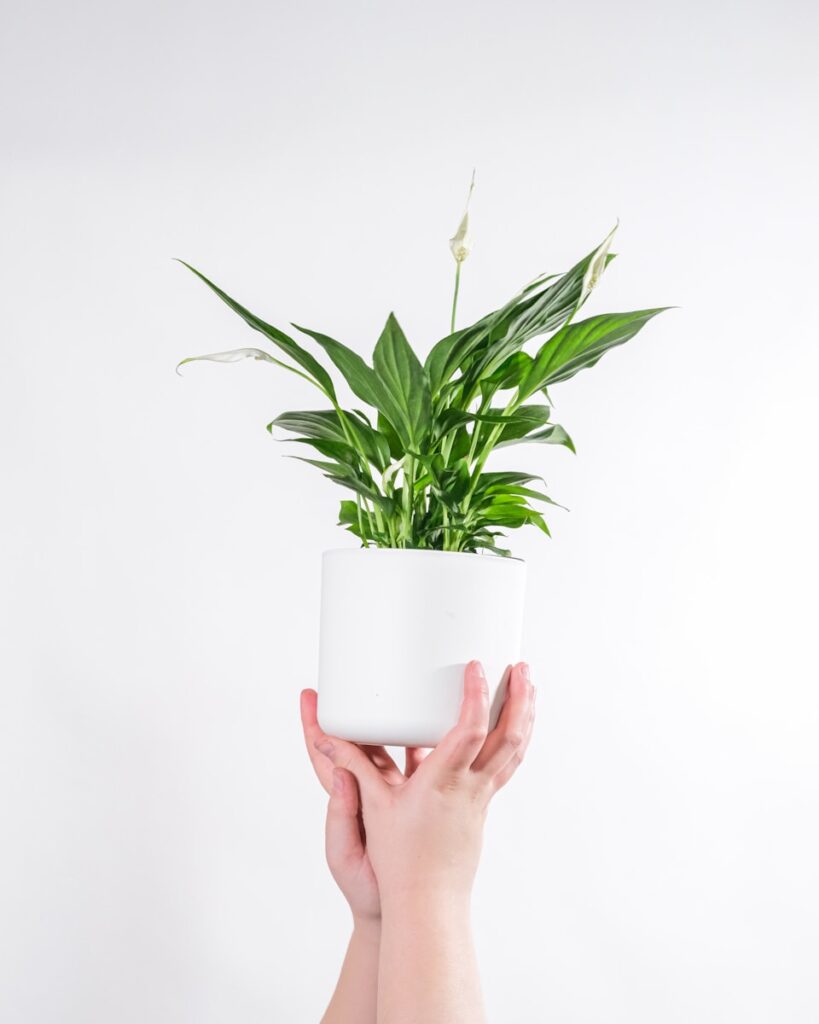
5. Philodendron
- Why It’s Perfect: Philodendrons are low-maintenance and adapt well to indirect light.
- Care Tips: Water when the top inch of soil is dry and wipe leaves to keep them dust-free.
- Bonus: Their heart-shaped leaves add a tropical vibe to your space.
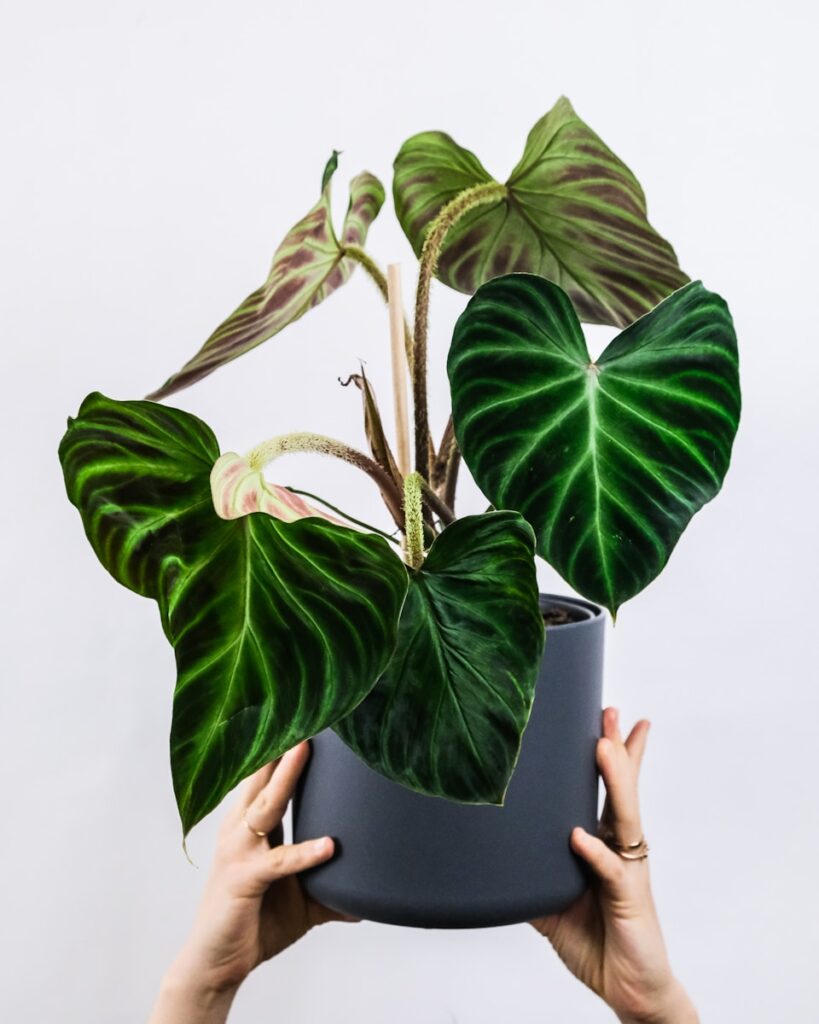
6. Cast Iron Plant (Aspidistra elatior)
- Why It’s Perfect: As the name suggests, this plant is nearly indestructible and thrives in low light.
- Care Tips: Water sparingly and avoid direct sunlight.
- Bonus: It’s perfect for beginners or those with a busy lifestyle.
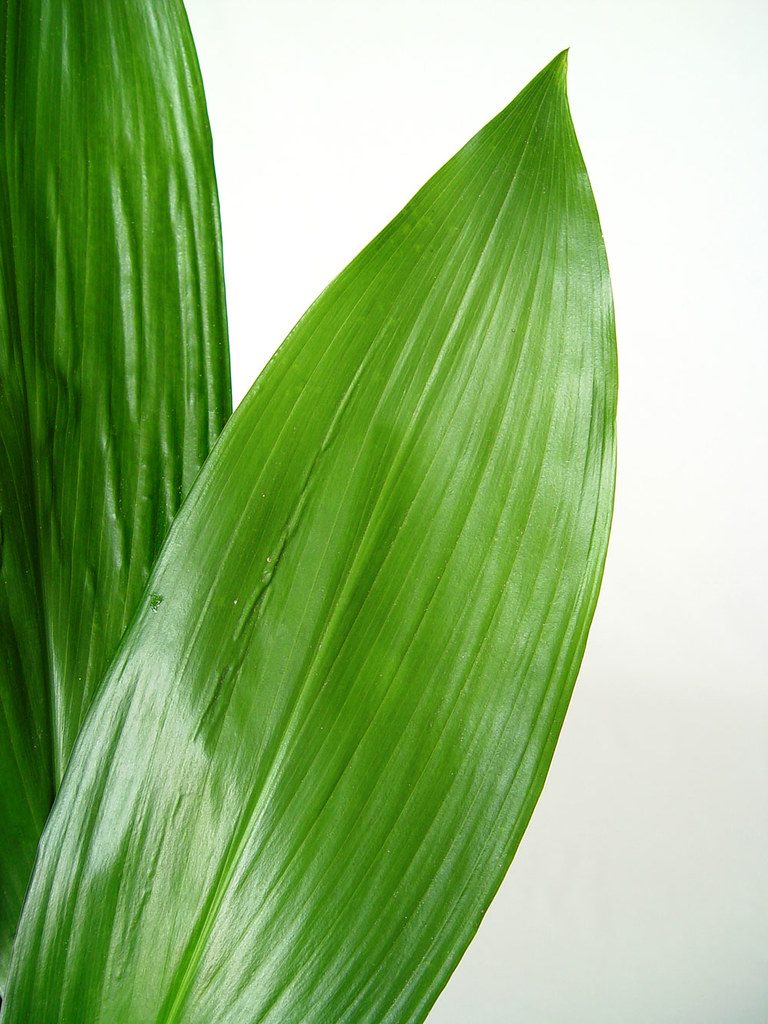
7. Chinese Evergreen (Aglaonema)
- Why It’s Perfect: Chinese evergreens are hardy and come in a variety of striking patterns.
- Care Tips: Keep the soil slightly moist and avoid cold drafts.
- Bonus: They’re known for their air-purifying qualities.

8. Boston Fern (Nephrolepis exaltata)
- Why It’s Perfect: Boston ferns love humidity and indirect light, making them ideal for north-facing windows.
- Care Tips: Keep the soil consistently moist and mist regularly.
- Bonus: They add a lush, feathery texture to your decor.

9. Parlor Palm (Chamaedorea elegans)
- Why It’s Perfect: Parlor palms are compact and thrive in low to moderate light.
- Care Tips: Water when the top inch of soil is dry and avoid overwatering.
- Bonus: They’re pet-friendly and non-toxic to cats and dogs.

10. Calathea (Calathea spp.)
- Why It’s Perfect: Calatheas are known for their stunning foliage and love for indirect light.
- Care Tips: Keep the soil moist and maintain high humidity.
- Bonus: Their leaves move throughout the day, earning them the nickname “prayer plants.”
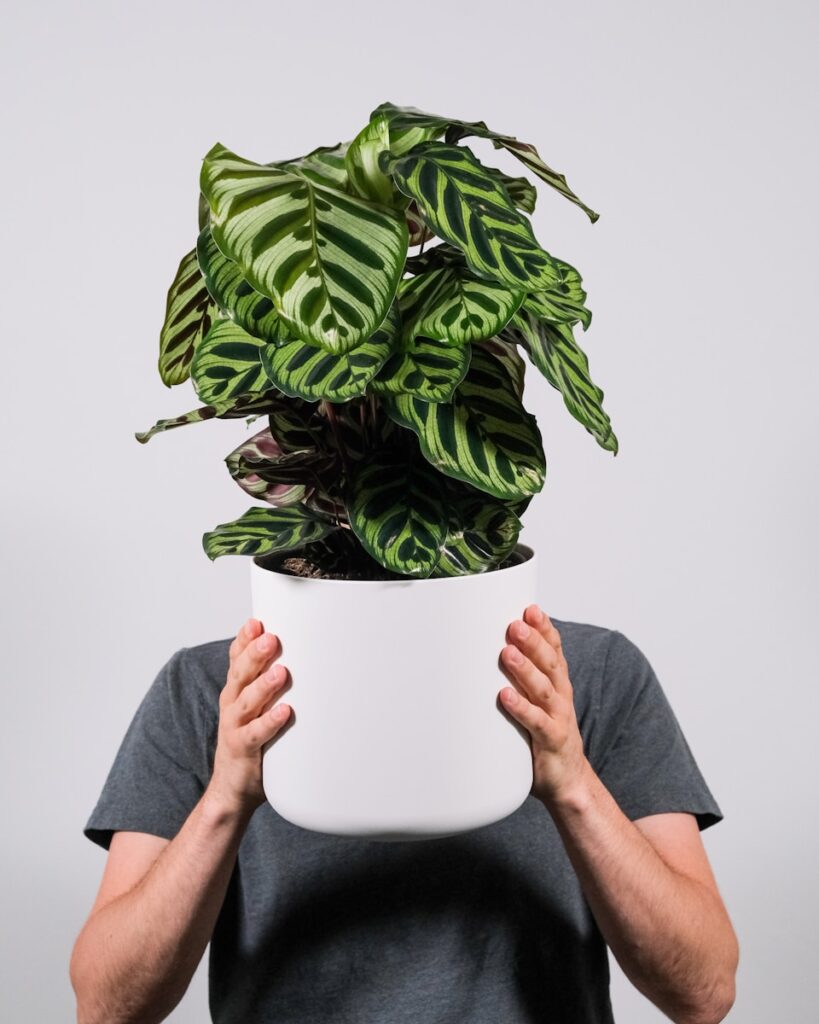
How to Care for Plants in a North-Facing Window
While these plants are well-suited for low light, they still need proper care to thrive. Here are some general tips:
- Rotate Your Plants: Turn them every few weeks to ensure even growth.
- Monitor Watering: Overwatering is a common mistake. Always check the soil before watering.
- Clean the Leaves: Dust can block light absorption, so wipe leaves with a damp cloth.
- Use Humidifiers: Many low-light plants, like ferns and calatheas, thrive in humid environments.
Common Mistakes to Avoid
- Overwatering: Low-light plants typically need less water. Always check the soil moisture first.
- Ignoring Humidity Needs: Some plants, like ferns, require higher humidity levels.
- Using the Wrong Soil: Ensure your plants are potted in well-draining soil to prevent root rot.
- Neglecting Fertilizer: While low-light plants grow slower, they still benefit from occasional feeding.
Real-Life Example: A Houston Homeowner’s Success Story
Sarah, a homeowner in Houston, transformed her dim living room into a lush retreat by choosing the right plants for her north-facing window. “I started with a snake plant and a pothos, and they thrived so well that I added a peace lily and a parlor palm,” she says. “Now, my living room feels like a tropical paradise, even without direct sunlight.”
Environmental Impact of Indoor Plants
Indoor plants aren’t just aesthetically pleasing—they also have environmental benefits. They improve air quality by absorbing carbon dioxide and releasing oxygen, and some, like the snake plant, can even remove toxins from the air. Additionally, caring for plants can reduce stress and improve mental well-being.
Troubleshooting Tips for North-Facing Window Plants
- Yellow Leaves: This could indicate overwatering or poor drainage. Adjust your watering schedule and ensure your pot has drainage holes.
- Leggy Growth: If your plant looks stretched out, it might need more light. Consider moving it closer to the window or supplementing with a grow light.
- Brown Tips: This is often a sign of low humidity. Mist your plant or place a humidifier nearby.
Final Thoughts
Choosing the best indoor plants for a north-facing window doesn’t have to be daunting. With the right selection—like snake plants, pothos, and peace lilies—you can create a vibrant, low-maintenance indoor garden. Remember to tailor your care routine to each plant’s needs, and don’t be afraid to experiment. Whether you’re in a bustling city like Chicago or a quiet town in Oregon, these plants will bring life and joy to your home.
